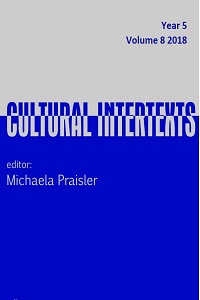Tropes of Ireland in the Gendered Mirror
Abstract
https://doi.org/10.5281/zenodo.7853554
The paper discusses the connections between gender, colonialism and nationalism by focussing on the “woman-nation” pairing that has characterised both the colonial and
countercolonial modes of representing Ireland. One strand of the argument focuses on English allegorical representations of the colonised land as a frail but docile Hibernia,
protected by the English law and order, which is a favourite trope of the 19th-century British periodic press and its iconographic texts. In opposition, the Irish native tradition
(exemplified by the early 18th-century aislinge of Aogán Ó Rathaille and by the political ballads of the late 18th- and 19th-centuries) revert to either the image of “a vulnerable virgin
ravished by the masculine aggressive invader from England” or that of “a mother goddess summoning her faithful sons to rise up against the infidel invader” (Kearney 1984: 21).
Blending the two, Yeats‟s Cathleen Ni Houlihan constitutes itself into a mythic nexus for personifications of Ireland, becoming a potent symbol of Irish nationalism. A final part of
the argument considers the „afterlives‟ of such feminine national icons, which “while seeming to empower women, actually displace them outside history into the realm of
myth.” (Fleming 1999: 48) Maud Gonne‟s play Dawn and Eavan Boland‟s poem “Mise Eire” offer examples of women‟s rewritings of patriarchal modes of representation which
question and reformulate the “woman-nation” trope.



